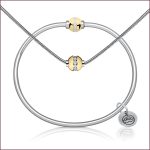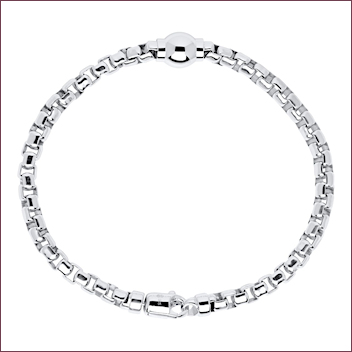Displays of Affection
Surprise and delight, engage and excite, that is what effective displays and store design do for a jeweler. According to Pam Danziger, president of Unity Marketing in Stevens, Pennsylvania and author of “Shops That Pop”, your store is more than a space set up to sell stuff, it’s a stage to tell a special story.
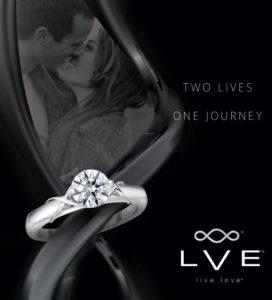 “Shops that pop are a convergence of atmosphere, store design, and merchandise,” says Danziger, citing the key to engaging customers is in the pop equation: time + interaction = money. She advocates jewelers create a unique vision for their stores by changing to be relevant to the customer. “Tell stories for the customer so they can become part of the story.”
“Shops that pop are a convergence of atmosphere, store design, and merchandise,” says Danziger, citing the key to engaging customers is in the pop equation: time + interaction = money. She advocates jewelers create a unique vision for their stores by changing to be relevant to the customer. “Tell stories for the customer so they can become part of the story.”
Use all tools available including technology in store, website, social media and engaging with the local community. “Shops that pop,” says Danziger, “encourage customer curiosity, involvement and interaction.”
Sensory Connections
Go for new ways to conquer the five senses to get customers to feel, think, act and relate. Market analyst Liz Chatelain from the Los Angeles-based MVI Marketing advises jewelers explore ways to leave lasting impressions from inspiring music, to a special fragrance, to tasty treats that speak to their brand identity. She suggests a memorable focal point when you enter the store like a bold floral arrangement or piece of art; and encourages jewelers to get something into the customers’ hands to engage interaction.
Rebecca Foerster for Leo Schachter Diamonds, New York City believes talking displays are important. “They impart information in visual cues like graphics, signage, even small video monitors looping demos and storytelling footage. “Use props to tell the story of the product, not to steal the show. Whatever can be done to create an experience and bring the product to life is a plus.”
Chatelain endorses jewelers integrate design-your-own technology or create a software bar for customers to personalize their jewelry experience. She also suggests custom opportunities beyond just showing loose diamonds, to include more loose color, and not only for bridal rings, but fashion styles too.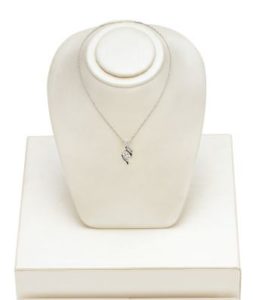
Display with Dignity
In display/merchandising the idea is to give the jewelry its dignity, says Mike Kaplan, Rocket Redbox, Bronx, New York. “Don’t clutter your showcases. Items should be easy to view and access. How you display your jewelry gives it gravitas, it speaks to the value of a piece and why the customer should have it.” Christopher Stock, Rocket Redbox design director, reminds that display is the platform for jewelry, and merchandising goes hand-in-hand with customer service.
To create stopping power in your displays, Debra Puzio, creative director for Pranda and the Ariva brand, New York City advises: “Every small presentation (11- to 22-inch pads) should have a lead piece to create a focal point; and every large presentation (4-foot case and larger) at least three lead pieces. From these centerpieces, the rest of the styling should flow and support the collection story.”
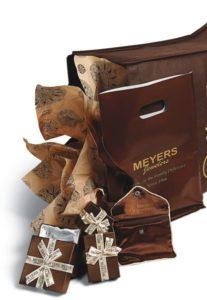 The best way for jewelers to evaluate their displays is to walk the store. “View items in the case or on the counter from your customers’ perspective,” says Denise Cabrera, product manager, display and packaging, Rio Grande, a Richline Company in Albuquerque, New Mexico. “Also, ask people you know, but aren’t familiar with your inventory to take a look. Are they seeing the pieces you want them to see? Is the lighting highlighting the pieces or hitting them in the eyes? Do they see dirty/worn out displays rather than the jewelry?”
The best way for jewelers to evaluate their displays is to walk the store. “View items in the case or on the counter from your customers’ perspective,” says Denise Cabrera, product manager, display and packaging, Rio Grande, a Richline Company in Albuquerque, New Mexico. “Also, ask people you know, but aren’t familiar with your inventory to take a look. Are they seeing the pieces you want them to see? Is the lighting highlighting the pieces or hitting them in the eyes? Do they see dirty/worn out displays rather than the jewelry?”
A trend among high-end jewelry stores is to create a museum environment. Danziger cites Doyle & Doyle in New York City as a great example of how fine jewelers can make security work for customer involvement. “Jewelry is displayed at eye level as works of art and hangs as it would on the person,” she describes. “The displays limit exposure for thieves and maximizes exposure for customers.”
Create Themes
Shopping has become a leisure activity and jewelers who adopt a gallery mentality benefit by enticing people to visit often. “Museum cases or free standing locking top view cases are ideal if a store has the space,” suggests Puzio. “These can be changed monthly to reflect new brand additions, product or seasonal influences.” She encourages merchandising by theme, color or collection nuance, noting floral a mega trend.
Showing jewelry as an accessory and part of one’s lifestyle in displays is key, says Foerster. “Use color to create sections, and fashion accessories to show how jewelry is part of a trend or fashion statement. Cabrera also advocates jewelers include local stories in their store: “If there’s a marathon in your hometown, use props in your cases like ribbons, medals, and pictures of runners to celebrate the event.”
Jewelers can engage and inspire customers to buy based on their merchandising presentations, says Maren Pfister, merchandise manager, Ostbye, Minneapolis, Minnesota. “Our Top 10 Gifts Program is a great example as it showcases gift ideas with pricing. Having some items in the store with pricing is important and helps customers identify gifts in certain price ranges.” Merchandising product in good, better, best categories, she cites, helps jewelers and customers know the areas to look at for their budget.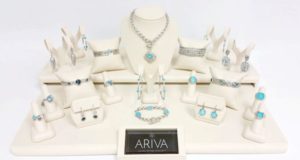
The key to keeping things fresh is changing things often, promotes Sharon Pisciotta for GemPak, a Quality Gold brand in Dallas, Texas. “Change up displays, and move them around the store. It helps customers see your merchandise in new and different ways.”

